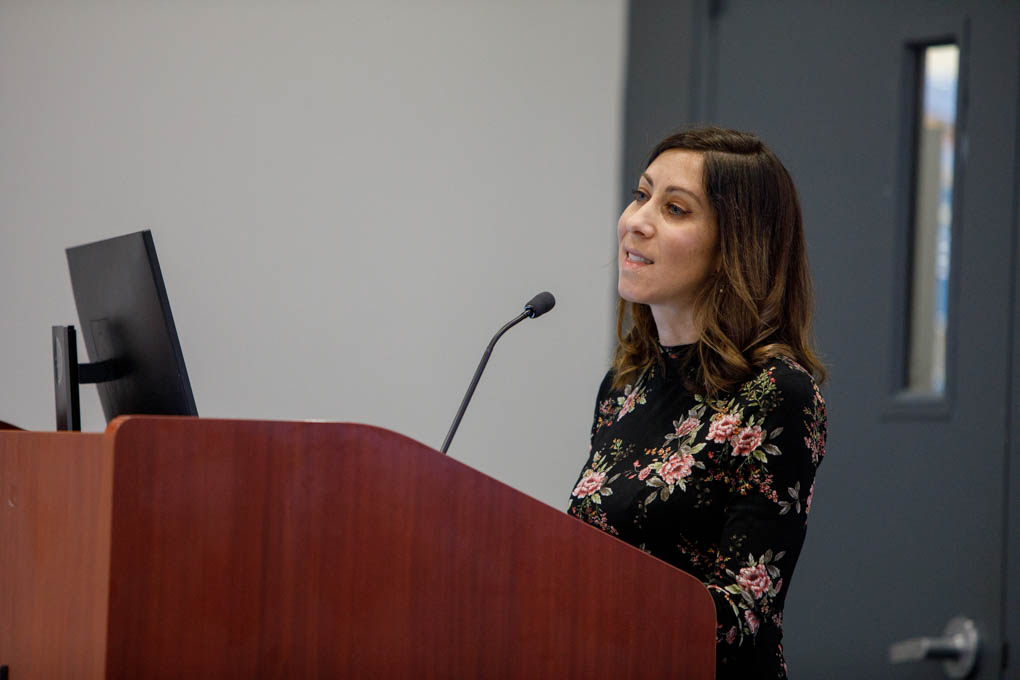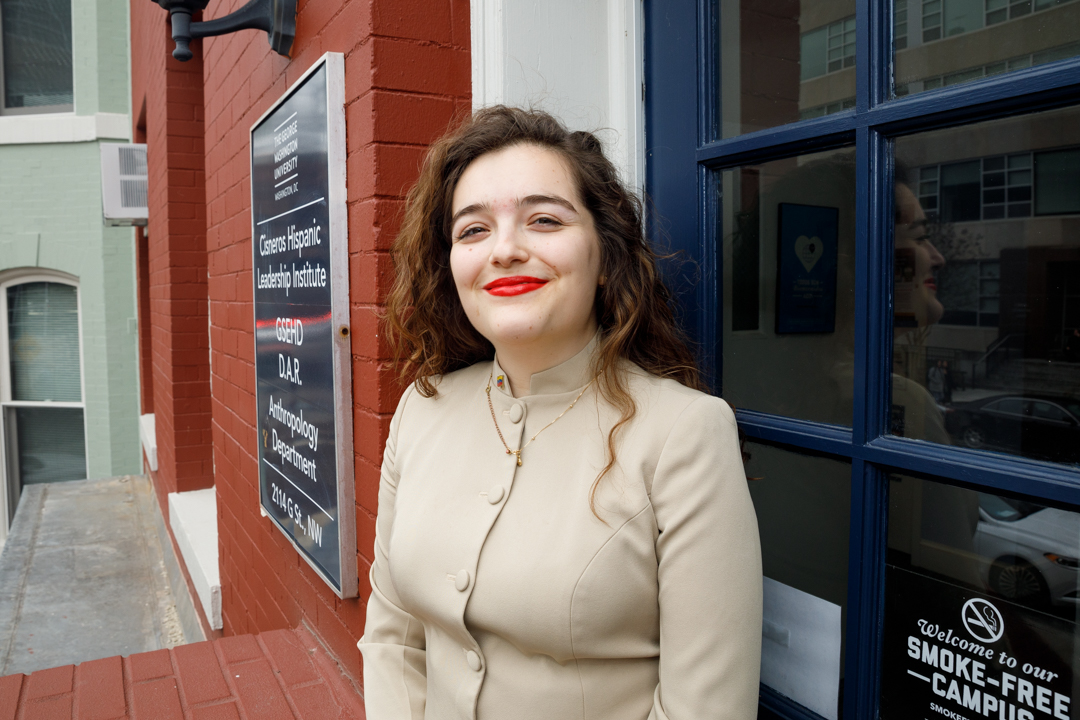America’s immigration detention policies “are creating a legacy of destruction” by trapping immigrants in prison-like conditions where sexual abuse and medical neglect are widespread, Christina Fialho, co-founder and co-executive director of Freedom for Immigrants, said Thursday at the George Washington University.
Ms. Fialho discussed the fraught history of immigrant detention centers at the School of Medicine and Health Sciences’ fourth annual Martin Luther King Jr. Lecture.
“We’ve seen a lot of progress in this country, but we’ve also seen history repeat itself and oppression take new forms,” Ms. Fialho said.
Immigration has been regulated by law in the United States since 1790 when “free white persons…of good character” were permitted to naturalize after two years of residence, regardless of the methods by which they emigrated into the country. As immigration increased in the second half of the 1880s, laws became more comprehensive and even more racially restrictive. Points of legal entry were established, notably Ellis Island, which Ms. Fialho pointed out was not just a gateway to the country but one of its first immigrant detention centers.
The modern approach to immigration detention began with Ronald Reagan, who referred to a “tidal wave” of refugees fleeing wars in Central and South America. His order to create 10,000 more beds in which to detain these refugees was a major factor in the rise of the private prison industry. The first-ever such company, Corrections Corporation of America, incorporated in 1983, and its first privately- owned facility was a remodeled hotel in which to hold immigrants.
Ms. Fialho emphasized that immigration detention is a “bipartisan issue” that has been furthered by both Democratic and Republican administrations. Under President Bill Clinton, for instance, immigration judges lost the discretionary power to free certain detainees. The same law made it mandatory to detain immigrants seeking asylum. Consequentially, the number of detained immigrants exploded.
“Until 1980, there were only about 30 to 3,000 people held in immigration detention on any given day,” Ms. Fialho said. “Now it’s 50,000.”
Ms. Fialho played videos featuring the stories of Marcela Castro and Carlos Hidalgo, former detainees who described the bleakness of life in detention. Ms. Castro and her friends were punished for making makeup out of Kool-Aid powder. Mr. Hidalgo had to prove the existence of a housefly infestation in his dormitory by bringing a paper bag full of dead flies to a guard.
Sexual abuse and medical neglect are also major problems in American detention centers, Ms. Fialho said, in part because the Department of Homeland Security appears to take a laissez-faire approach to its disconnected network of county jails and for-profit prison centers. Freedom for Immigrants conducted a study analyzing data from the DHS Office of the Inspector General (OIG) and found that the OIG received over 33,000 complaints of sexual assault or physical abuse against component agencies in DHS—but investigated less than 1 percent of these cases.
Another study, conducted with Human Rights Watch, looked into 18 deaths of immigrants in detention between 2010 and 2015. Investigators found evidence of substandard care in all but two. One man, detained in Adelanto ICE Detention Center in California, displayed symptoms of cancer for two years, during which time the center’s medical team only prescribed ibuprofen and told him to drink more water. By the time the man had surgery to remove a mass in his abdomen, it was too late.
Ms. Fialho said the best solution to these abuses is the abolition of immigration detention in favor of “community-based solutions” that provide support, connection and resources to immigrants.
“We need to create not only a country but a world that welcomes immigrants and does not imprison them for crossing the border,” Ms. Fialho said.



